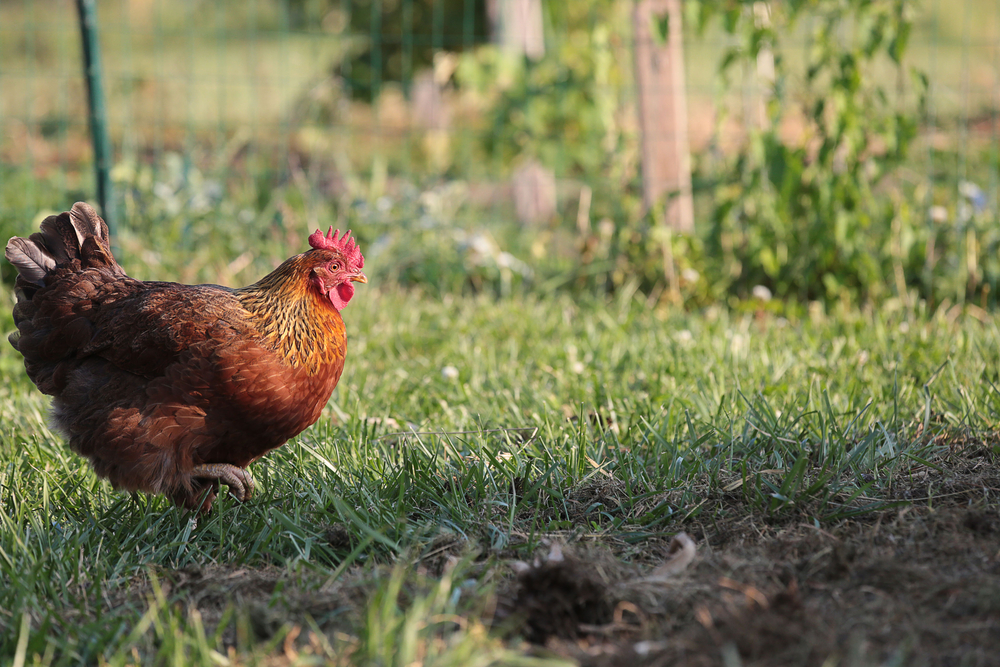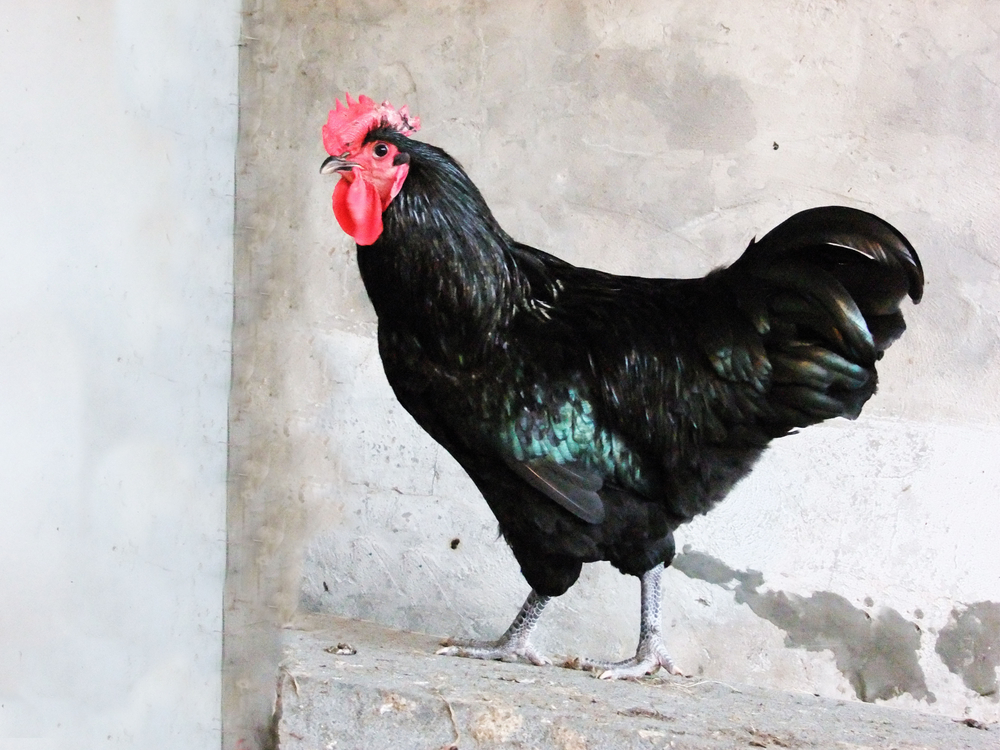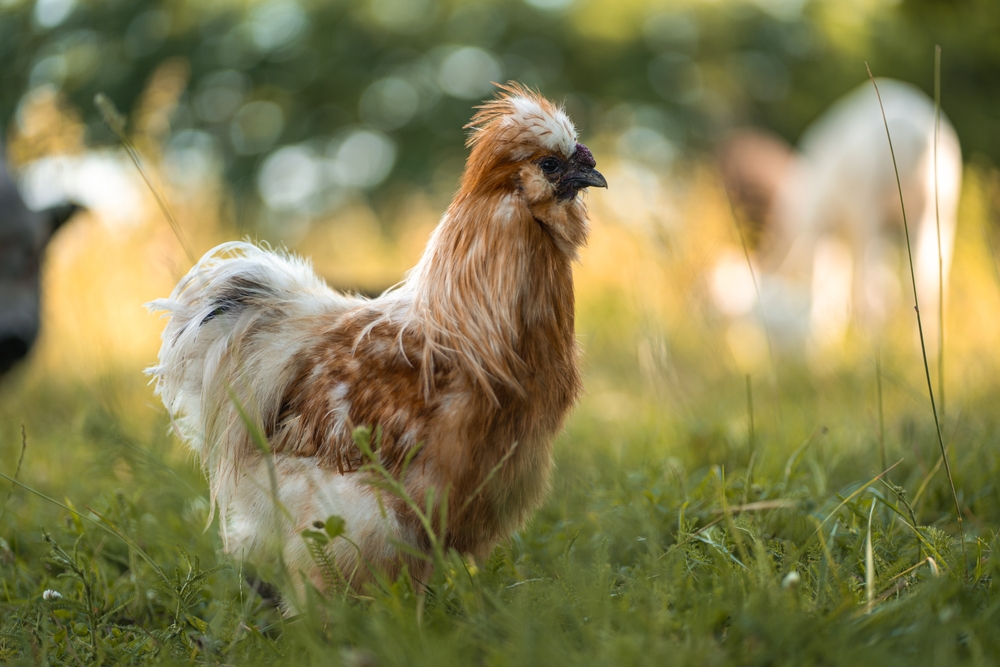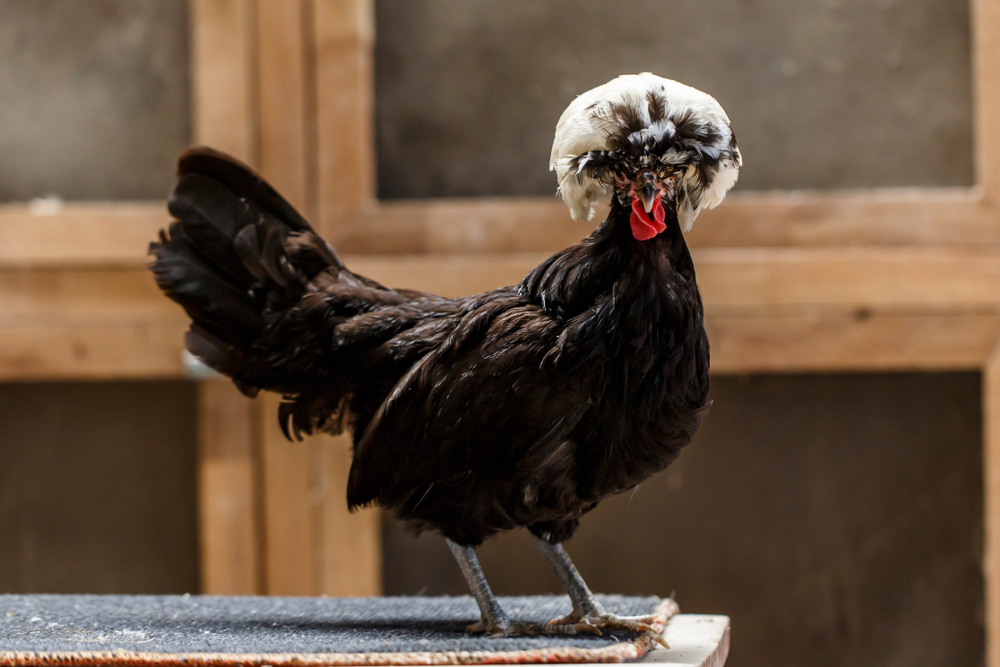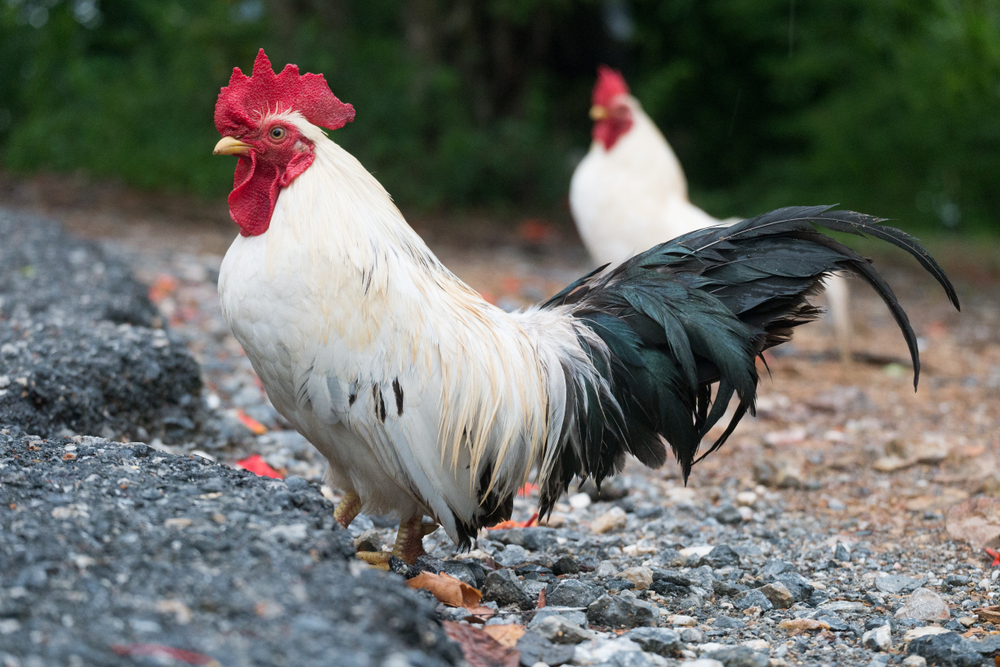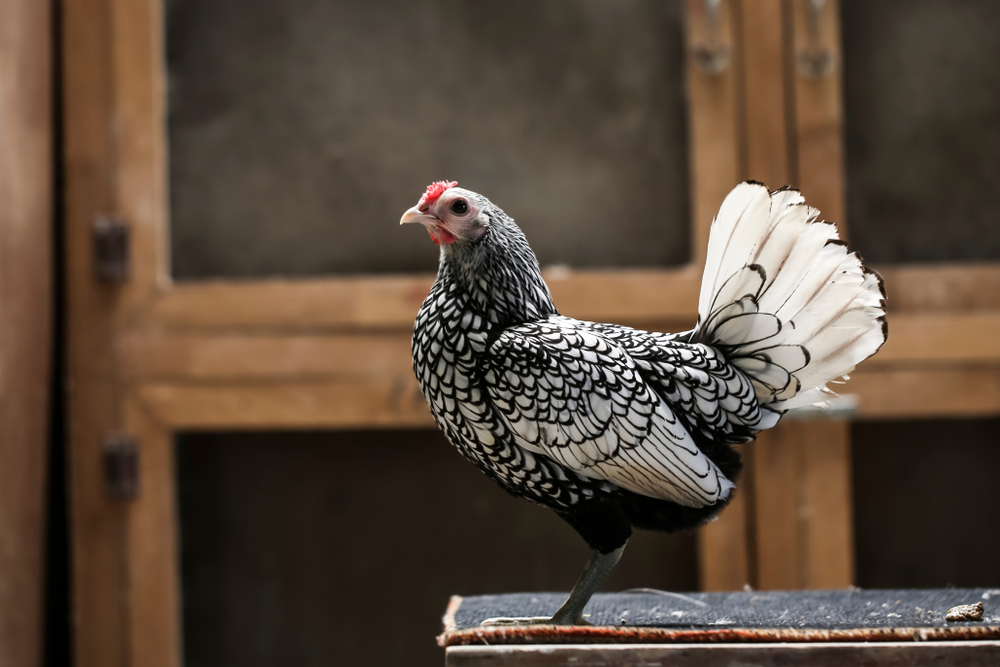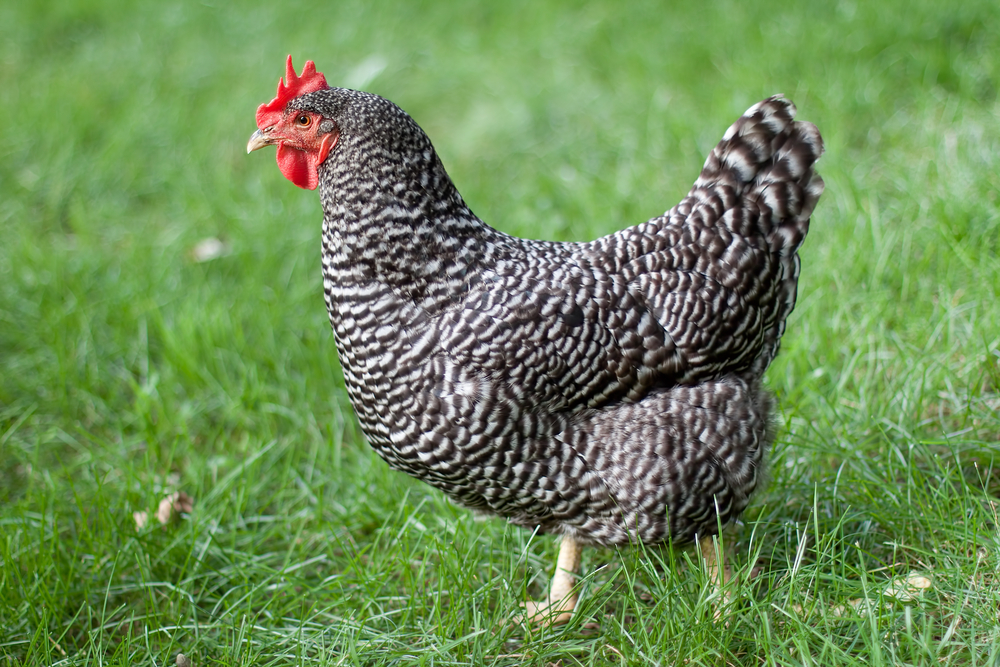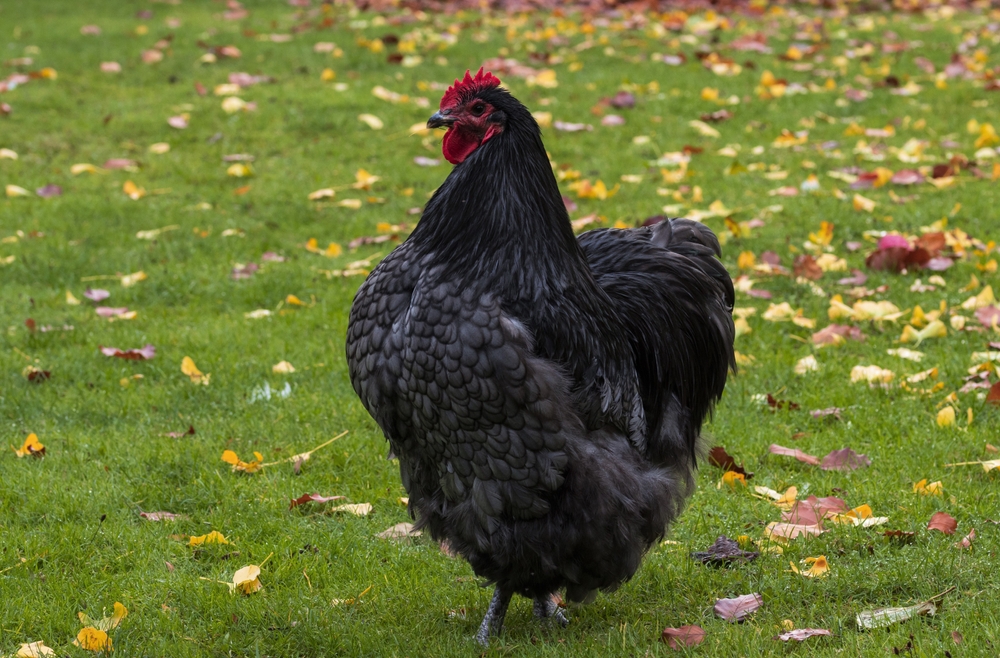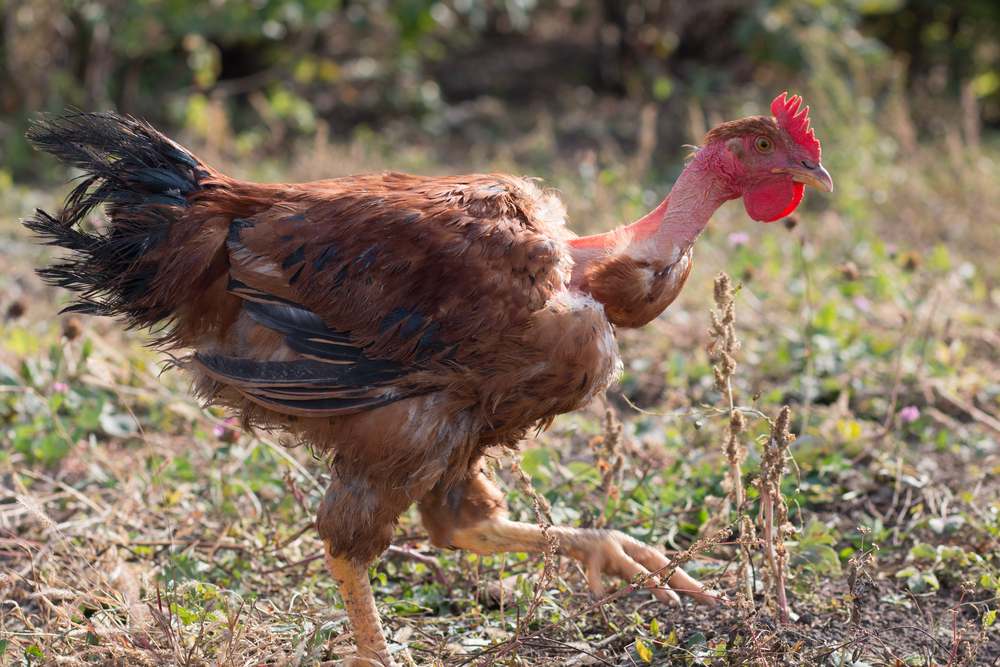The closest related breed to the Welsummer is the Barnevelder, another Dutch heritage breed developed around the same time. Both share hardiness, attractive plumage, and brown egg color, though Barnevelder eggs are typically a slightly lighter, uniform chocolate brown, while Welsummer eggs are darker and often speckled.
About
The Welsummer is a hardy, attractive dual-purpose chicken breed that originated in the village of Welsum, the Netherlands, in the early 20th century. Developed from local partridge-type birds crossed with breeds such as Rhode Island Reds, Barnevelders, and Leghorns, the Welsummer quickly became prized for both its utility and its beauty.
Welsummers are medium-sized birds, with roosters weighing about 2.7–3.2 kg (6–7 lbs) and hens around 2–2.5 kg (4.5–5.5 lbs). They have warm, earthy-toned plumage, with hens displaying rich reddish-brown feathers patterned with black penciling, and roosters featuring bold red, gold, and black coloring. They have a single upright comb, red wattles, and yellow legs.
One of the breed’s most famous traits is its large, deep terracotta-brown eggs, often speckled with darker spots. Hens lay around 160–200 eggs per year, and the eggs are highly valued for their attractive, rustic appearance.
Welsummers are active, alert, and excellent foragers, making them ideal for free-range systems. They are intelligent and relatively self-sufficient but still friendly enough to be handled, making them suitable for both small farms and backyard flocks.
They tolerate a variety of climates, though their large combs may require some care in extreme cold to prevent frostbite. Their balance of productivity, hardiness, and striking appearance has made them popular worldwide, both as a utility breed and as a show bird.
The Welsummer’s scientific classification is Gallus gallus domesticus, and it belongs to the family Phasianidae.
Physical Characteristics
Plumage:
Welsummers are best known for their richly colored, partridge-like plumage.
-
Roosters have a striking combination of reddish-brown hackles, chestnut shoulders, black breast, and black tail with green sheen.
-
Hens are more subtly patterned, with warm brown feathers finely stippled with black, providing excellent camouflage.
Both sexes have hard, close-fitting feathers that give them a sleek, athletic appearance.
Head and Comb:
The head is medium-sized with a single, upright comb of 5 to 6 points, bright red in color. Wattles are medium-length and also red, while the earlobes are red to reddish-bay. The beak is strong, slightly curved, and yellow to horn-colored. Eyes are reddish-orange and alert.
Body:
The body is long, deep, and well-muscled, with a straight back and full breast. The carriage is moderately upright, giving the bird a confident stance.
Legs and Feet:
The legs are clean (feather-free), strong, and yellow in color, with four straight, well-spaced toes. Shanks are of medium length, allowing good ground clearance for foraging.
Tail:
The tail is medium length and well spread, carried at a slight upward angle. Roosters have long, arched sickle feathers, while hens have shorter, rounded tails.
Size:
-
Male Weight: 7 lbs (3.2 kg)
-
Female Weight: 6 lbs (2.7 kg)
-
Bantam Variety: Males around 34 oz (0.96 kg), females around 30 oz (0.85 kg)
Sexual Dimorphism:
Males are more brightly colored with pronounced iridescent tail feathers, pointed hackles, and saddle feathers, while hens are more muted and patterned for camouflage.
The Welsummer’s warm, earthy plumage, sleek build, and striking male coloration make it an attractive and practical dual-purpose breed, especially famed for its dark brown eggs.
Reproduction
Mating Behavior:
Welsummer roosters are generally confident yet non-aggressive breeders, often using tidbitting calls and short, quick chases to attract hens. They adapt well to free-range or confined breeding environments. A recommended breeding ratio is 1 rooster for every 8–10 hens for strong fertility without overmating.
Breeding Season:
They can breed year-round in mild climates, though peak fertility is in spring and summer when hens are in optimal laying condition. Their hardiness allows them to breed earlier in the season in cooler regions.
Egg Laying:
Welsummers are good layers, especially valued for the richly colored eggs they produce.
-
Annual Output: 160 to 200 large eggs per year.
-
Egg Color: Deep, terra-cotta brown, often speckled.
-
Egg Size: Large.
Broodiness and Incubation:
-
Welsummer hens are seldom broody, having been selectively bred for consistent laying.
-
When they do go broody, they can successfully hatch and rear chicks, but broodiness is not a defining breed trait.
-
Incubation Period: About 21 days.
Chicks:
-
Appearance at Hatch: Brown and gold with distinctive dark dorsal stripes and eye stripes, making them easy to identify.
-
Self-Sufficiency: Hardy, active, and quick to forage within days of hatching.
-
Growth Rate: Moderate to fast, with good early feather development.
Maturity:
Pullets begin laying at 5 to 6 months, while roosters reach breeding maturity at a similar age.
The Welsummer’s good fertility, dark egg color, and strong chick vitality make it a valuable breed for both home and small-scale egg production.
Lifespan
Lifespan in the Farm/Backyard Setting:
Welsummers typically live 6 to 9 years when provided with proper care. Their peak egg production occurs in the first 3 to 4 years, after which laying gradually declines, though they remain hardy and active well into their senior years.
Lifespan in Optimal Conditions:
With high-quality nutrition, secure predator-proof housing, and regular health maintenance, Welsummers can exceed their average lifespan.
-
Average Maximum Lifespan: 9 to 10 years
-
Exceptional cases: 11+ years, especially for birds kept for ornamental purposes rather than high production.
Threats to Longevity:
-
Predation: Active foragers are more exposed to aerial predators such as hawks and owls, and ground predators like foxes and raccoons.
-
Reproductive Strain: While not extreme layers, long-term production can still cause reproductive issues such as egg binding or peritonitis in later years.
-
Parasites and Disease: Susceptible to mites, lice, worms, and respiratory infections if housing is not kept dry and clean.
-
Climate Sensitivity: While hardy, prolonged dampness can lead to foot problems or respiratory illness.
Adaptations for Longevity:
Welsummers are robust, cold- and heat-tolerant, and highly adaptable, with good immune strength. Their moderate laying rate helps avoid some of the reproductive wear seen in high-production breeds.
Eating Habits
Diet:
Welsummers are omnivorous foragers that thrive on a balanced mix of commercial poultry feed and natural food sources.
-
Primary Feed: High-quality layer pellets or mash with 16–18% protein, plus added calcium for strong eggshells.
-
Foraged Foods: Insects, worms, beetles, snails, seeds, grasses, and weeds gathered while free-ranging.
-
Treats and Supplements: Whole grains (wheat, oats, corn), leafy greens, vegetable scraps, grit for digestion, and oyster shell or limestone for calcium.
Feeding Behavior:
-
Welsummers are enthusiastic and efficient foragers, capable of finding a significant portion of their diet if allowed to roam.
-
Their strong foraging skills make them excellent for pest control in gardens and pastures.
-
They are not aggressive feeders and mix well in flocks with other breeds.
Foraging Times:
-
Most active in morning and late afternoon, often taking dust baths or resting during midday.
-
In cooler weather, they remain active foraging for much of the day.
Adaptations for Feeding:
-
Strong, pointed beaks for breaking seeds and extracting insects from soil or vegetation.
-
Balanced body size allows for both endurance in ranging and agility in scratching for food.
-
Good feed efficiency—able to maintain egg production on moderate feed quantities when supplemented by foraging.
Captive Diet Management:
-
Provide a consistent, balanced feed to maintain egg quality and the dark pigmentation of shells.
-
Limit high-fat or starchy treats to prevent weight gain, which can affect laying performance.
Welsummers’ efficient foraging skills, adaptability to different diets, and calm feeding habits make them a cost-effective and low-maintenance choice for small farms and backyard flocks.
Uniqueness
Famous Dark, Speckled Eggs:
Welsummers are best known for laying deep, terra-cotta brown eggs often with distinct dark speckles. This egg color is so iconic that it inspired the original design for the Kellogg’s Cornflakes rooster logo.
Autosexing Chicks:
At hatch, male and female chicks can be distinguished by their down color and head markings—females have darker, more defined dorsal stripes, while males are lighter with less distinct striping.
Striking Wild-Type Plumage:
Their rich, earthy coloration closely resembles the partridge pattern found in wild junglefowl, offering both beauty and natural camouflage for free-ranging.
Hardy and Adaptable:
Welsummers thrive in both warm and cold climates, making them suitable for a wide range of environments, from small backyard coops to open pasture systems.
Moderate Layer with Longevity:
While they are not the most prolific layers, their moderate production rate helps prevent reproductive exhaustion, allowing them to remain healthy and productive for many years.
Dutch Heritage:
Developed in the village of Welsum in the Netherlands during the early 1900s, the breed was created by crossing local partridge fowl with high-quality production breeds, resulting in a bird that combines beauty with utility.
The Welsummer’s combination of distinctive dark eggs, early chick sexing ability, and hardy, naturally camouflaged plumage makes it one of the most practical and visually appealing heritage chicken breeds.
Be the First to Share Photos of This Species.
FAQ’s
1. What is the closest species to the Welsummer?
2. How does the Welsummer compare to other chickens?
Welsummers differ from most breeds in several key ways:
-
Egg Color: Produce some of the darkest, most heavily speckled eggs of any standard chicken breed.
-
Autosexing Chicks: Males and females can be visually distinguished at hatch, unlike most chicken breeds.
-
Plumage: Possess a rich partridge pattern that offers natural camouflage, especially in free-range settings.
-
Temperament: Calm, non-aggressive, and well-suited for both backyard and small farm environments.
-
Utility Balance: Moderate layers that maintain productivity for many years, unlike high-production breeds that burn out quickly.
3. What national parks provide the best chances to see a Welsummer?
As a domesticated heritage breed, Welsummers are not found in the wild. However, they can be seen in heritage farms, agricultural museums, and rare breed preservation programs, such as:
-
Netherlands Open Air Museum – Arnhem (Netherlands)
-
Weald & Downland Living Museum (West Sussex, UK)
-
Old Sturbridge Village (Massachusetts, USA)
-
Colonial Williamsburg Rare Breeds Program (Virginia, USA)
-
Beamish Open Air Museum (County Durham, UK)
These locations showcase Welsummers as part of heritage poultry displays and educational exhibits.



































































